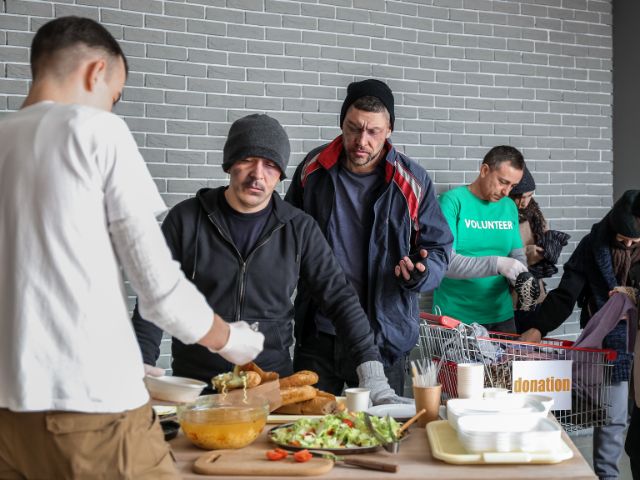

Migrants seek refuge in different parts of the world, and they need vital resources to support their resettlement process. Therefore, it’s important for migrant shelters to prepare for their arrival. Explore some ways shelters can prepare for an influx of migrants and utilize these tips at your facility.
Developing a comprehensive intake procedure can help your shelter track people throughout the resettlement process. Procedures can include a system for identifying everyone that enters the shelter and establishing clear communication channels with local organizations that may assist in the resettlement process.
A well-designed intake procedure can streamline the sheltering process and ensure each individual receives the appropriate care and attention they deserve.
Shelters must often increase capacity to accommodate more people. Depending on the size of the shelter and the expected number of migrants, the management should prepare more beds, pillows, and blankets. They should also ensure adequate space for personal belongings and that the bathrooms are clean and functional.
Emigrants often arrive at shelters with various physical and mental health needs, either from their journey or from their experiences in their home countries. Migrant shelters should have a medical team on-site to treat minor or severe illnesses and injuries.
It’s also best to provide kits with necessary supplies. For example, first-aid essentials and personal hygiene products are welcome kit items all migrant shelters need.
Many migrants have different cultural backgrounds and speak languages other than English. Shelters must hire bilingual staff members who can help migrants develop linguistic and cultural competencies. Workers who understand the needs of emigrants can create a welcoming and supportive environment that promotes healing and recovery.
Another important strategy for shelters to prepare for an influx of migrants is to partner with community organizations. They may be able to provide additional support services like healthcare, legal aid, or education. By leveraging the resources of other organizations, shelters can meet the needs of the individuals they serve.
Sometimes, living in a shelter is isolating. However, creating opportunities for residents to socialize can help! Your shelter can organize events like cultural festivals, sports games, or community clean-ups to help migrants and staff bond and become more familiar with each other.
Preparing for an influx of emigrants involves more than providing immediate shelter and care. Shelters must also have plans for ongoing support and follow-up care. This may involve coordinating plans for job training and permanent housing.
24World Media does not take any responsibility of the information you see on this page. The content this page contains is from independent third-party content provider. If you have any concerns regarding the content, please free to write us here: contact@24worldmedia.com
